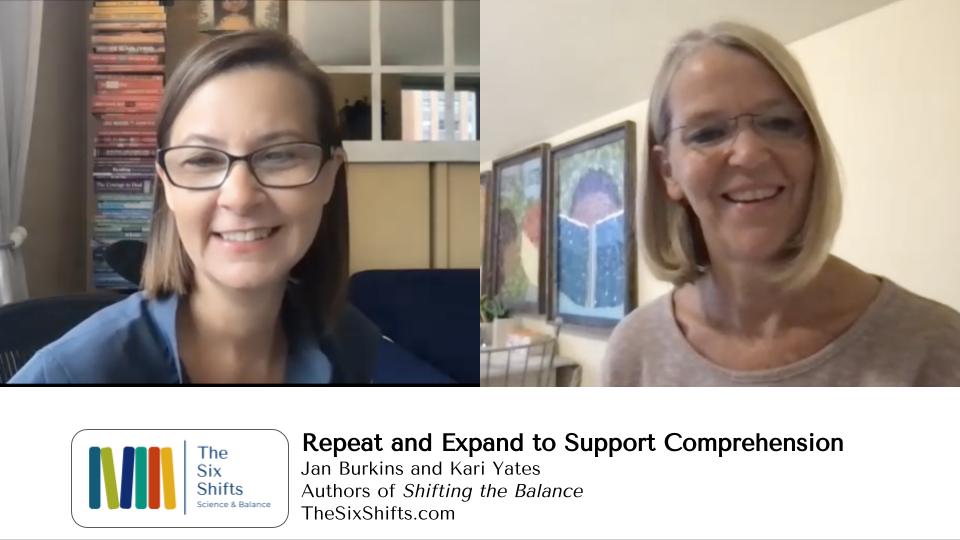Have you noticed? Kids love to talk.
Babies come into this world naturally wired for language development. They are ready to soak up new words through exposure, modeling, and feedback. From our first breath to our last, we humans are wired to be language learners.
Quiet classrooms aren’t conducive to this language learning, or to the connections and relationships that develop through talk. But, figuring out how to channel all that thirstiness for conversation takes intention.
So, what if we told you there was a really simple way to accelerate children’s language development?
And what if this high-leverage routine could easily fit into the margins of your instructional day?
Better yet, what if it didn’t require any materials or costly programs to implement?
What if it could double, triple, even quadruple children’s rate of vocabulary growth in just a few weeks using an instructional move that you can begin implementing on the very first day of school?
You maybe wouldn’t believe it. But, it’s true!
Purposeful conversation builds vocabulary!
Dialogic Reading, an instructional strategy developed by Grover Whitehurst, offers all of this. In fact, in a meta-analysis of Dialogic Reading, children who engaged in Dialogic Reading during daily read aloud for thirty minutes increased their vocabulary by as much as eight months in just four weeks!
What’s more, you don’t have to limit the use of this strategy to read aloud or reading instruction, which is why we refer to this as Dialogic Conversation in Chapter 1 of Shifting the Balance. Its benefits can be leveraged across the whole learning day.
And while Whitehurst’s original work was with preschool children, there is research to support its value with elementary school children, as well. In fact, Carroll, et al 2019) found evidence that can improve silent reading comprehension.
We introduce this high-leverage routine, referring to it as “Repeat and Expand” in the video linked below and also offer a one-page download with step-by-step instructions for utilizing the strategy.
Of course, as you may already know, vocabulary knowledge correlates with later reading comprehension. So, engaging in Dialogic Conversations is actually an investment in later reading comprehension. You can learn even more about this in Chapter 1 of Shifting the Balance.
So, go ahead.
Get kids talking from day one and every day thereafter, by repeating and expanding on their language.
Not only will you build their vocabulary and language structures, but you will also strengthen relationship in ways that benefit the entire learning community throughout the school year.



